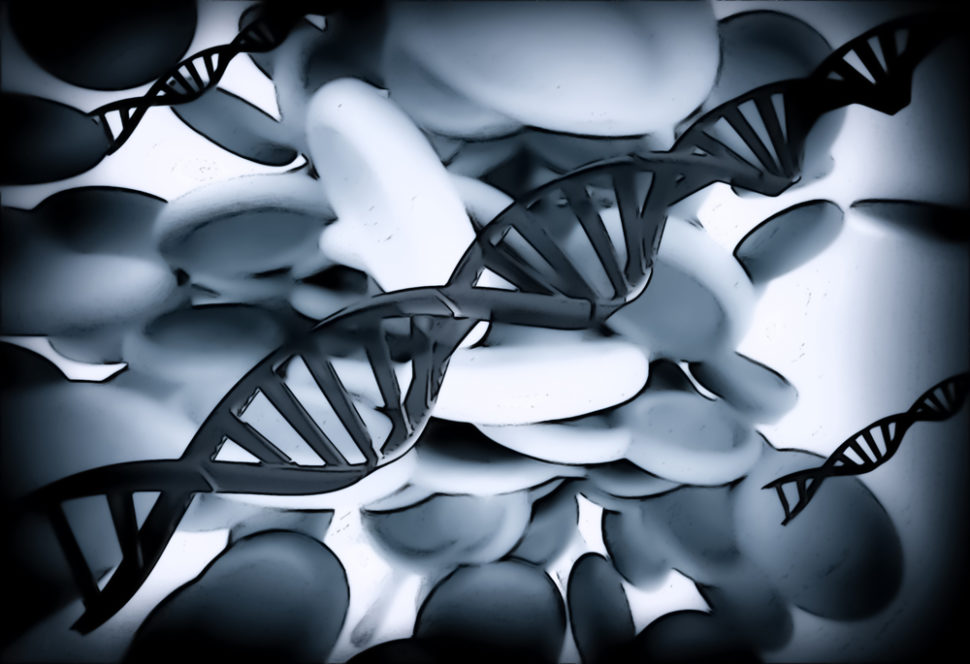The power of CRISPR/Cas9 as a gene editing tool against a variety of diseases and genetic defects is still mostly theoretical, though greatly potential—and equally controversial.
One of the significant hurdles to generalize the use of CRISPR/Cas9 is delivery methods.
Researchers have explored various methods of delivering CRISPR/CAS9 into mammalian cells, such as physical, viral, and non-viral delivery methods. None, however, could meet the transfer efficiency required for clinical applications.
Nanocarriers, specifically lipid nanoparticles, proved to be the most efficient CRISPR/Cas9 delivery method so far in lab experiments.
Lipid Nanoparticles to Deliver CRISPR’s Molecular Cargo
CRISPR/Cas9 consists of a nuclease (Cas9 protein), and an RNA (sgRNA) that guides the nuclease to the target sequence to be edited in the genome.
Delivering this large molecular complex into the human cell so that it can do its job, is one of the most challenging hurdles currently facing CRISPR/Cas9 genome editing technology.
Physical delivery mechanisms, like microinjection and electroporation; viral methods, like viruses; and non-viral methods, like gold nanoparticles and liposomes, all have been explored as potential delivery vehicles for CRISPR/Cas9.
In a new study, an international research team announced the discovery of a new delivery method for CRISPR based on biodegradable synthetic lipid nanoparticles.
Researchers from Tufts University (Massachusetts) and the Chinese Academy of Sciences describe lipid nanoparticles as one of the most efficient CRISPR/Cas9 delivery mechanism suggested so far.
According to the researchers, lipid nanoparticles could be used as carriers of CRISPR’s molecular package into the cell “to precisely alter the cells’ genetic code with as much as 90 percent efficiency.”
Per the study, published in the journal Advanced Materials, lipid nanoparticles enable fast and efficient CRISPR/Cas9 gene editing in vivo.
The co-author of the study Qiaobing Xu, an associate professor of biomedical engineering at Tufts University, hopes that “this advance will take us another step toward making CRISPR an effective and practical approach to treatment.”
In an experiment, the team tested this CRISPR/Cas9 delivery vehicle on mice, where they sought to reduce the gene coding for PCSK9, a gene whose loss is associated with lower LDL cholesterol, and lower risk for cardiovascular disease.
“The lipid nanoparticles are one of the most efficient CRISPR/Cas9 carriers we have seen,” said Ming Wang, another co-corresponding author, and professor at the Chinese Academy of Sciences. “We can actually knock down PCSK9 expression in mice with 80 percent efficiency in the liver, suggesting a real promise for therapeutic applications.”



















Comments (0)
Most Recent